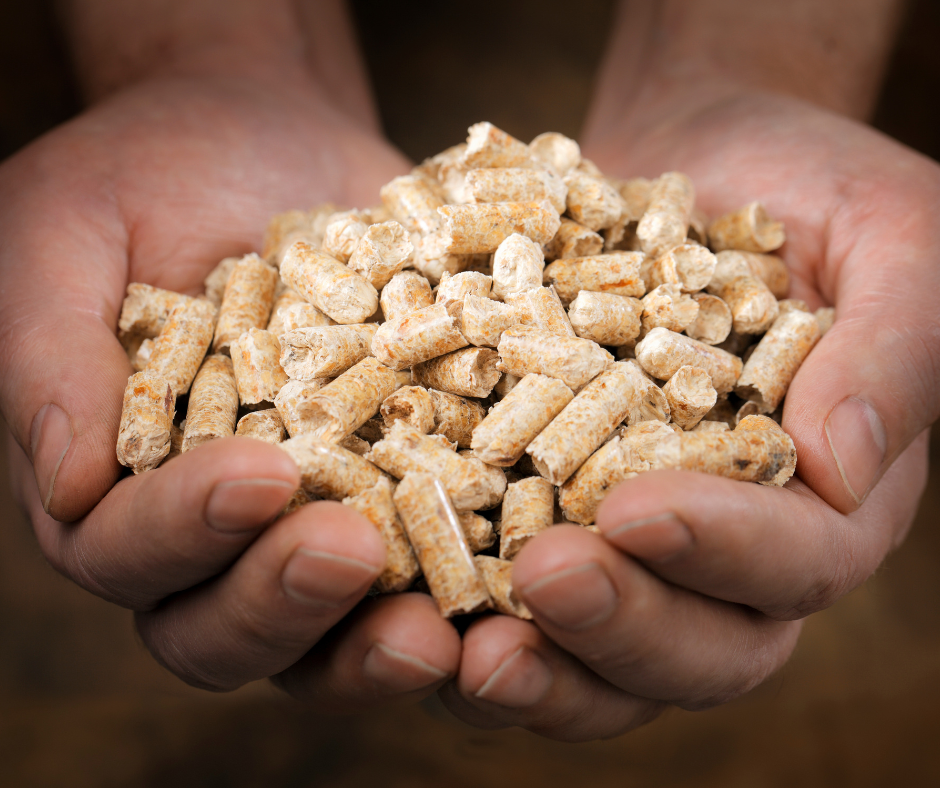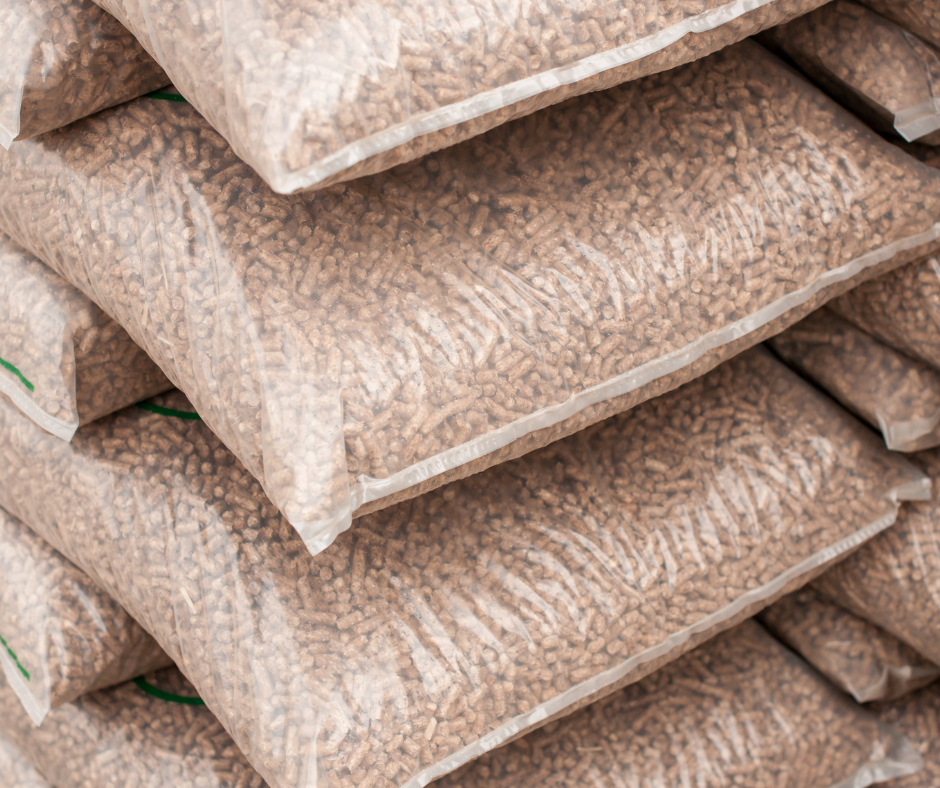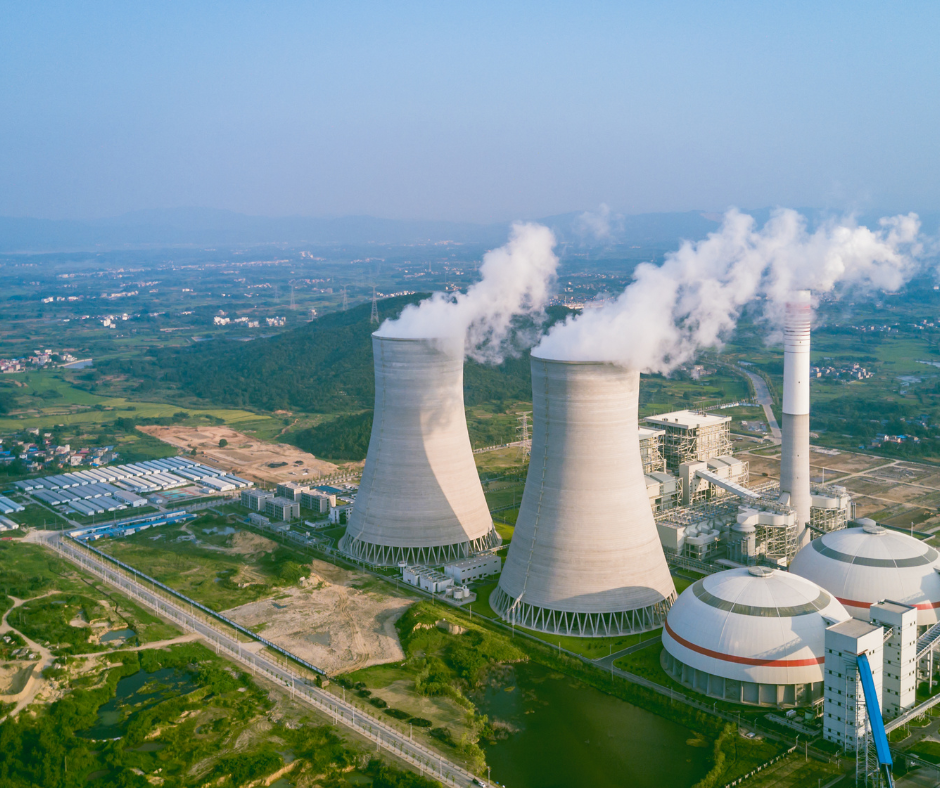
Vietnam is an important import market for Korean wood pellets
17/5/2023
Talking with the Vietnamese delegation participating in the study tour program and sharing international experiences on bioenergy development in Korea, Dr. Lee Soo Min - Senior Research Specialist, Department of Industrial Materials Forest Department
.png)
Korea's demand for wood pellets in 2023 is forecast to be 5 million tons, of which domestic production is 743 thousand tons and imports 4.17 million tons.
Talking with the Vietnamese delegation participating in the study tour program and sharing international experiences on bioenergy development in Korea, Dr. Lee Soo Min - Senior Research Specialist, Department of Industrial Materials Forest Department of the National Forest Science Institute of Korea said that the country is implementing an energy transition to fulfill its commitment to reduce carbon dioxide emissions.
South Korea is currently the 9th largest country in the world in terms of greenhouse gas emissions, with total emissions in 2020 amounting to 656.2 million tons of CO2, a decrease of 6.4% compared to 2019. In which emissions. The energy sector accounts for 86.8% of Korea's total greenhouse gas emissions.

KOREA IMPORT 80% TABLETS FROM VIETNAM
In the structure of electricity products of Korea in 2018: coal-fired power accounted for 41.9% of the country's total electricity; nuclear power accounted for 23.4%; electricity from liquefied petroleum gas accounted for 26.8%; Renewable energy accounts for 6.2%, the remaining 1.7% is for other types of electricity.
In the Power Plan 10 of Korea, the target by 2030 is set: nuclear power accounts for 34%; coal thermal power 0% (stop coal thermal power); electricity from renewable energy accounted for 21.6%, hydrogen electricity accounted for 2.1%, other types of electricity accounted for 1.3%.
Korea has introduced a law to promote the development and widespread use of renewable energy, including: solar energy, wind energy, water energy, marine energy, geothermal, bioenergy.
According to Dr. Lee Soo Min, currently biomass energy accounts for less than 1.5% of Korea's total electricity production. Biomass electricity in Korea is mainly thermoelectricity using pellet materials to burn and generate heat to generate electricity. Although accounting for a very small proportion, the capacity of power generation using pellets in Korea has increased rapidly in recent years.
Referring to the supply and demand for pellets in Korea, Dr. Lee Soo Min said that in 2022, the domestic wood pellet market size will be 4.5 million tons (including imports and self-production). Of which, domestic production only meets 15.8% of the demand for pellets of power plants in Korea.
Korea currently has about 20 tablet production facilities, most of which are small-scale (less than 10,000 tons/year) and only 3 large ones, total production capacity is estimated at 1 million tons/year. . In addition, 2 wood pellet factories using biomass from planted forests have not been put into operation yet, with a designed capacity of 300,000 tons/year.
Along with the policy of expanding the supply of renewable energy, the size of the Korean biofuel market continues to grow. Import of wood pellets in 2022 is 3.78 million tons, an increase of 600,000 tons compared to 2021.

NEED COOPERATION TO CONTROL THE PLUMP PRODUCTION CHAIN
Explaining the fact that Korea is dependent on imported pellets from Vietnam, Dr. Lee Soo Min said that the Korean territory is 10 million hectares, of which the forest area is 6.3 million hectares, the amount of raw wood produced is 10 million hectares. export 4.3 million tons/year. While Vietnam has a natural land area of 33.8 million hectares, including 14.8 million hectares of forests, the annual output of raw wood harvested is up to 30-57.3 million m3.
The forests of Korea destroyed by the Japanese colonial period, the division of North and South Korea, of the Korean War, have increased 28-fold through large-scale afforestation and forest protection activities. large in the 1970s and 1980s. Net growth in wood biomass has increased significantly during that period, but has declined since 2008. Currently, Korea's annual timber harvest is only one-tenth of Vietnam's.
Korea is proud to be one of the countries possessing advanced biomass energy technology, but there is a serious shortage of wood materials to produce pellets. According to Korean experts, the Korean renewable energy market, including wood pellets, is driven by government policies. In the 10th power plan for the period 2022 - 2036, the Korean government determined that wood pellets will account for 57.64% of the total bioenergy.
Korea's demand for wood pellets in 2023 is forecast to be 5 million tons, of which domestic production is 743 thousand tons and imports 4.17 million tons.
Currently, coal-fired power plants in Korea are producing nearly 40% of the total national electricity output, and using a total volume of 100 million tons of coal per year. The Korean government's plan by 2030 will end coal-fired power.
The question is how will coal-fired power plants be converted? This is a very difficult problem for Korea because there will be coal-fired power plants that change technology and convert equipment to use pellets.

For example, if all coal-fired power plants in Korea were converted into pellets, the demand for pellets would be huge - several hundred million tons per year.
“But I think, it will not be possible to replace all coal-fired power to pellet thermal power, only a small part (at best, 10%) will be converted in this direction. The rest of the factories will be forced to disband. But we think that the commitment of the President of Korea to be carbon neutral by 2050 is very difficult. And the plan to end coal-fired power by 2030 will also be difficult to implement," said Dr. Lee Soo Min.
In the future, Korea will increase the import of tablets from Vietnam. However, there have been many people in Korea who have expressed concern that the production of pellets in Vietnam as well as other Southeast Asian countries is at risk of unsustainable, using a lot of wood and meat instead of using by-products of wood products. wood processing industry, leading to competition for raw materials with the furniture industry.
Facing concerns about the lack of sustainability when developing tablet power, Dr. Lee Soo Min suggested that Vietnam and Korea need to cooperate to implement a series of solutions such as: linking forest biomass policy with the promotion of sustainable forest resources; establish a governance system that includes carbon neutrality, ESG and market transparency; strengthen the legal timber trade promotion system.
“Vietnam is a big exporter of wood and wood products, so a medium and long-term strategy is needed. Korea will work with Vietnam to build a mutually beneficial cooperative relationship in terms of resources and technology in the forestry sector," Mr. Lee hoped.
Source: vneconomy.vn



